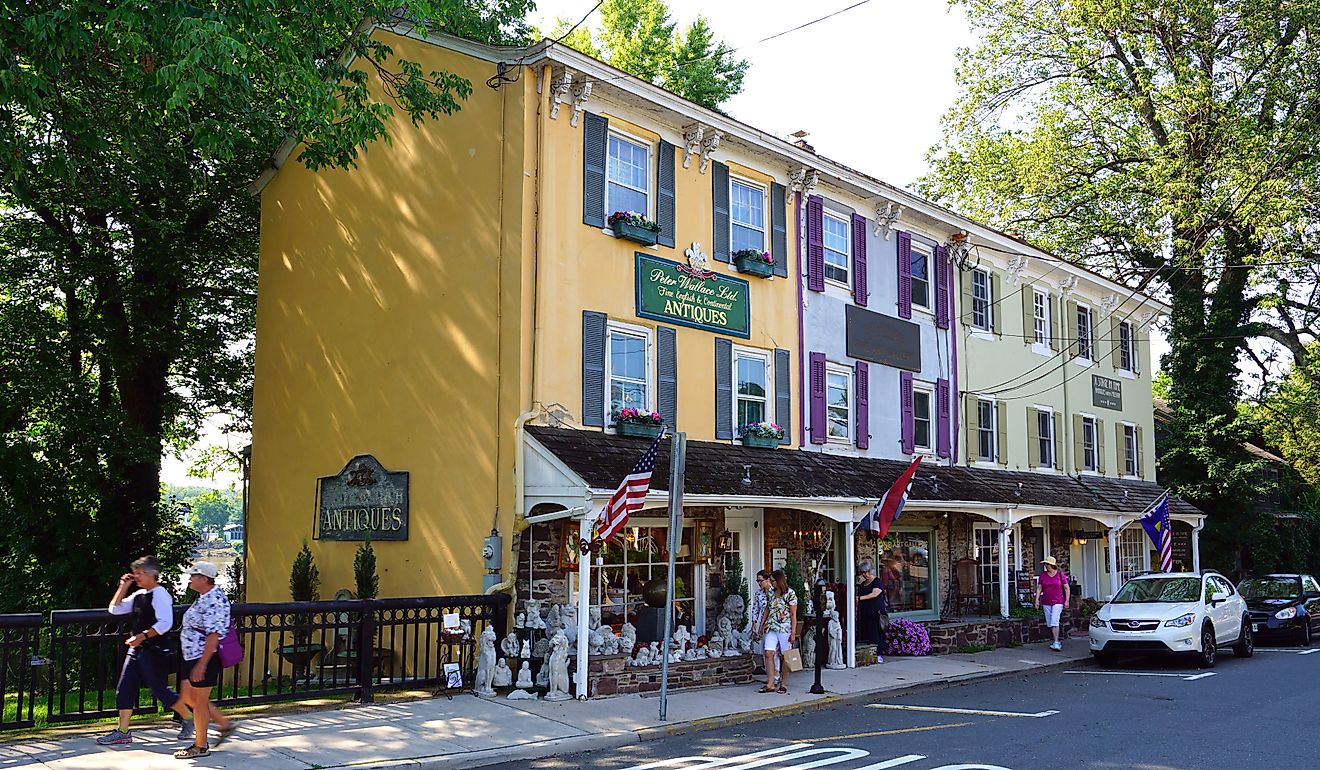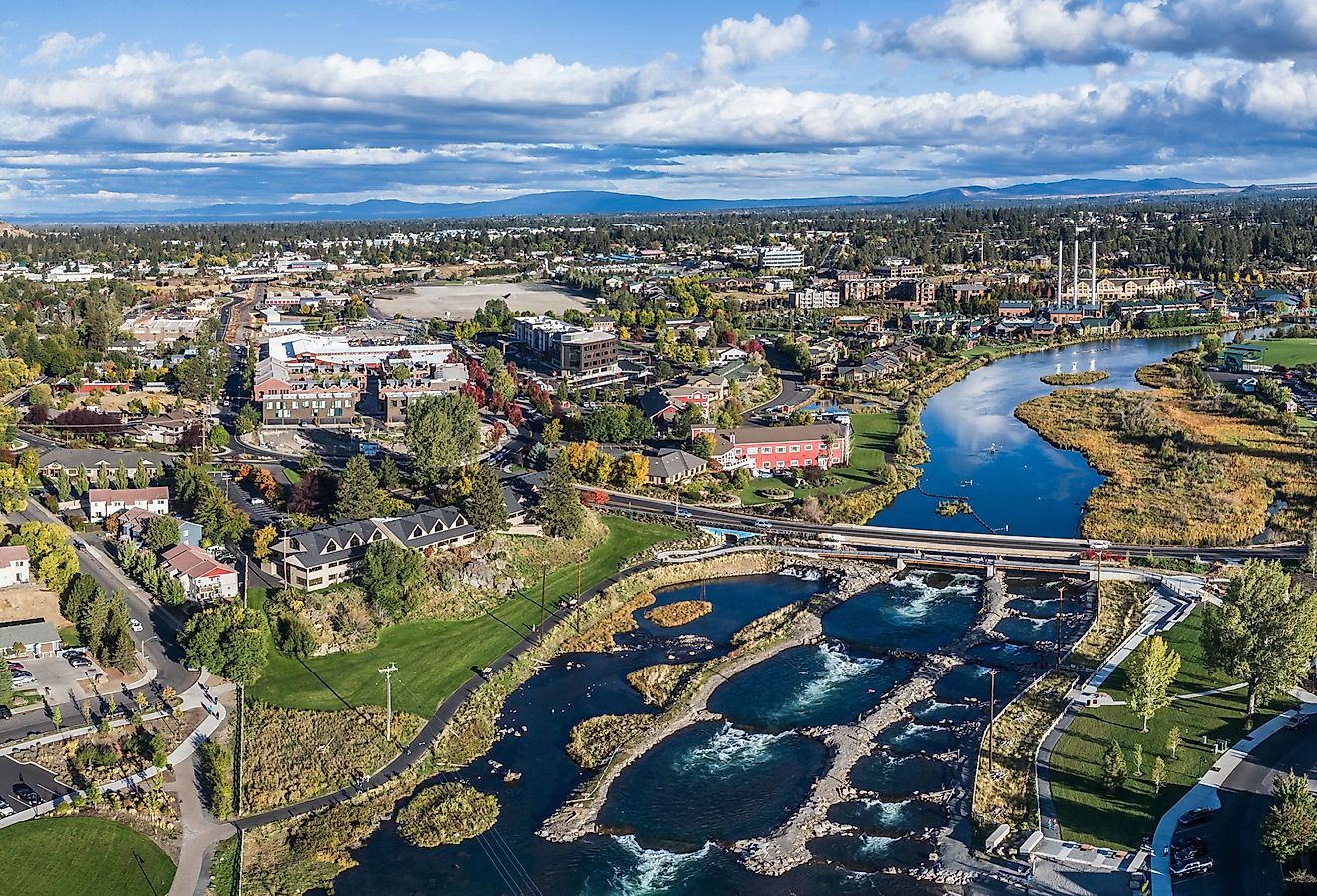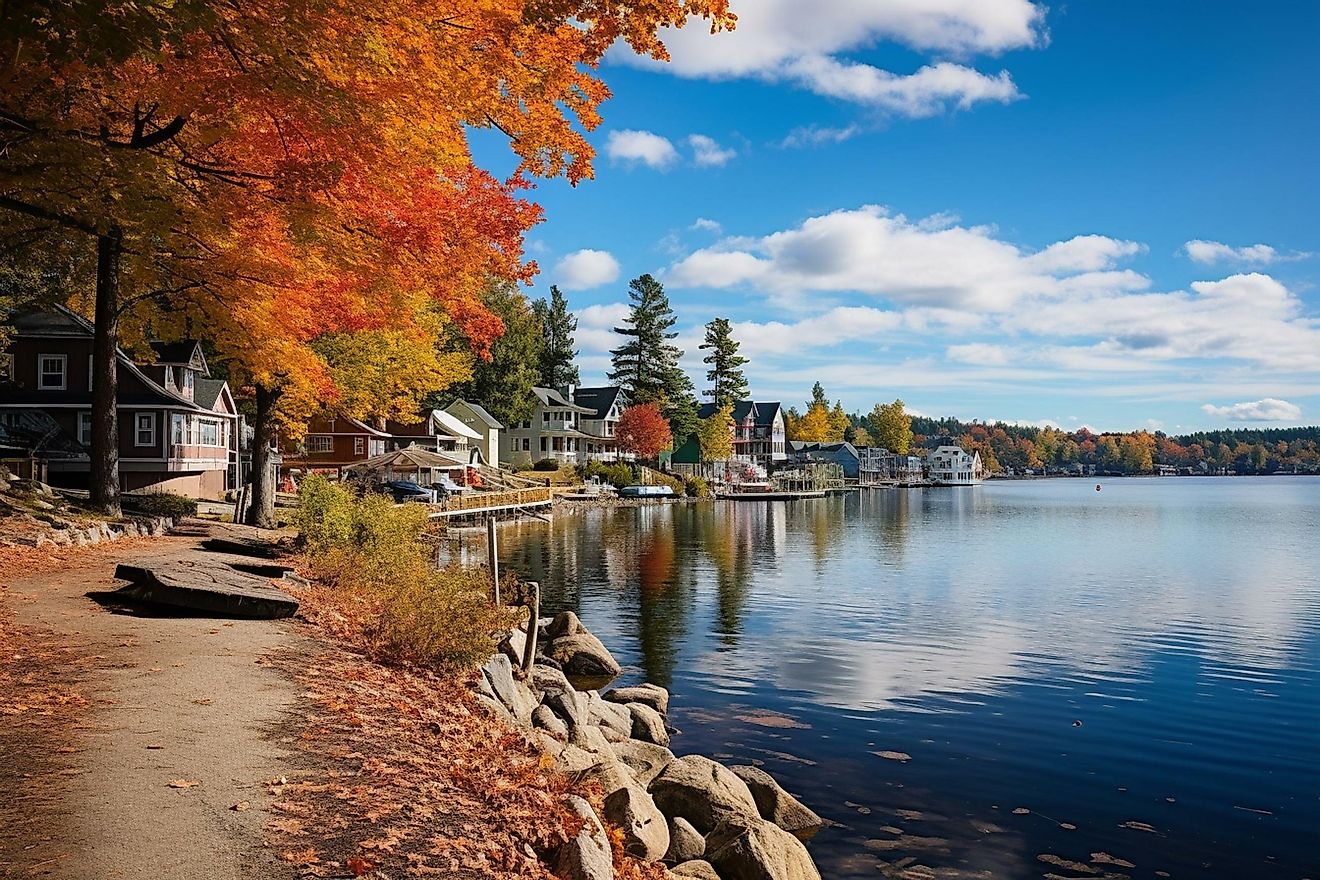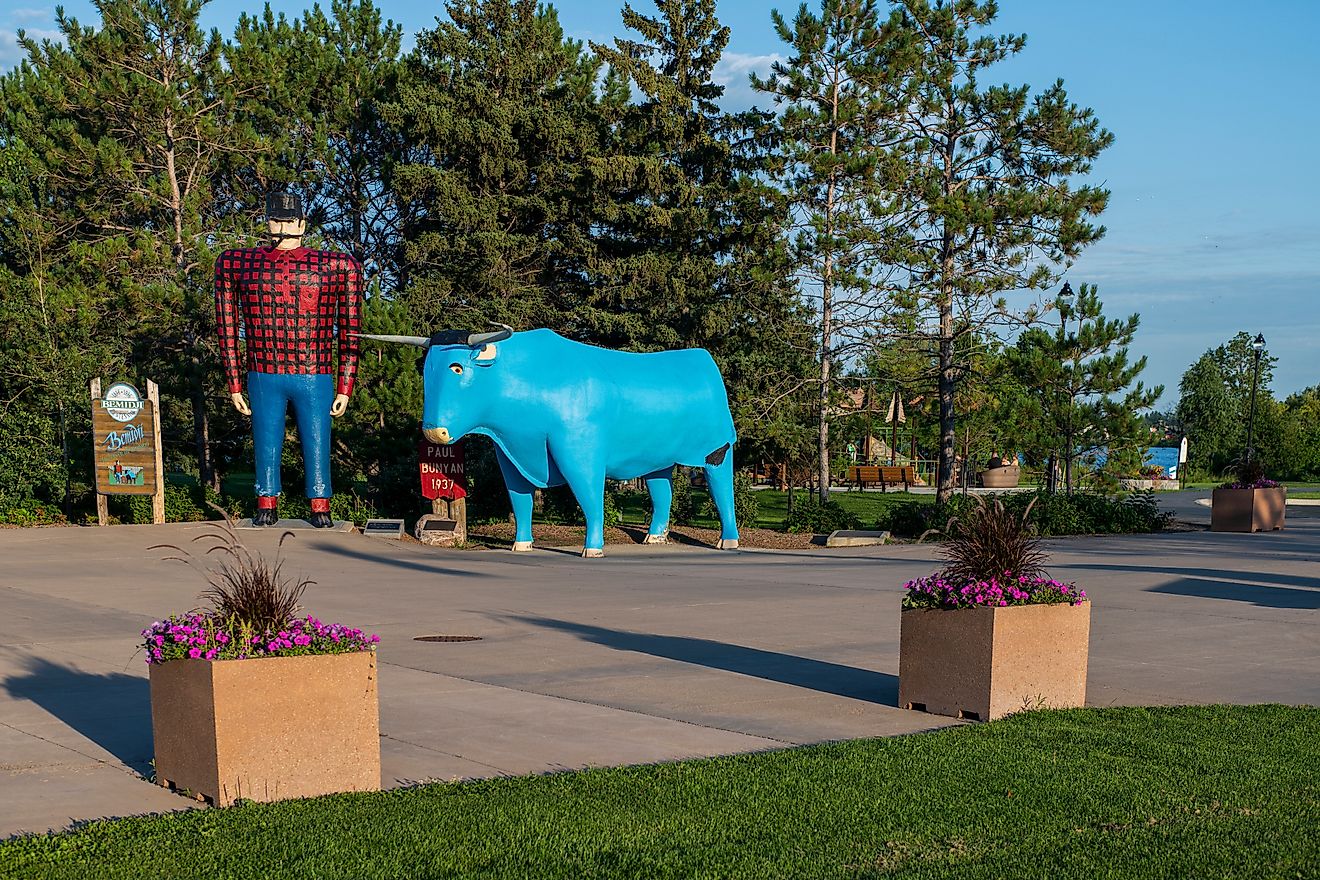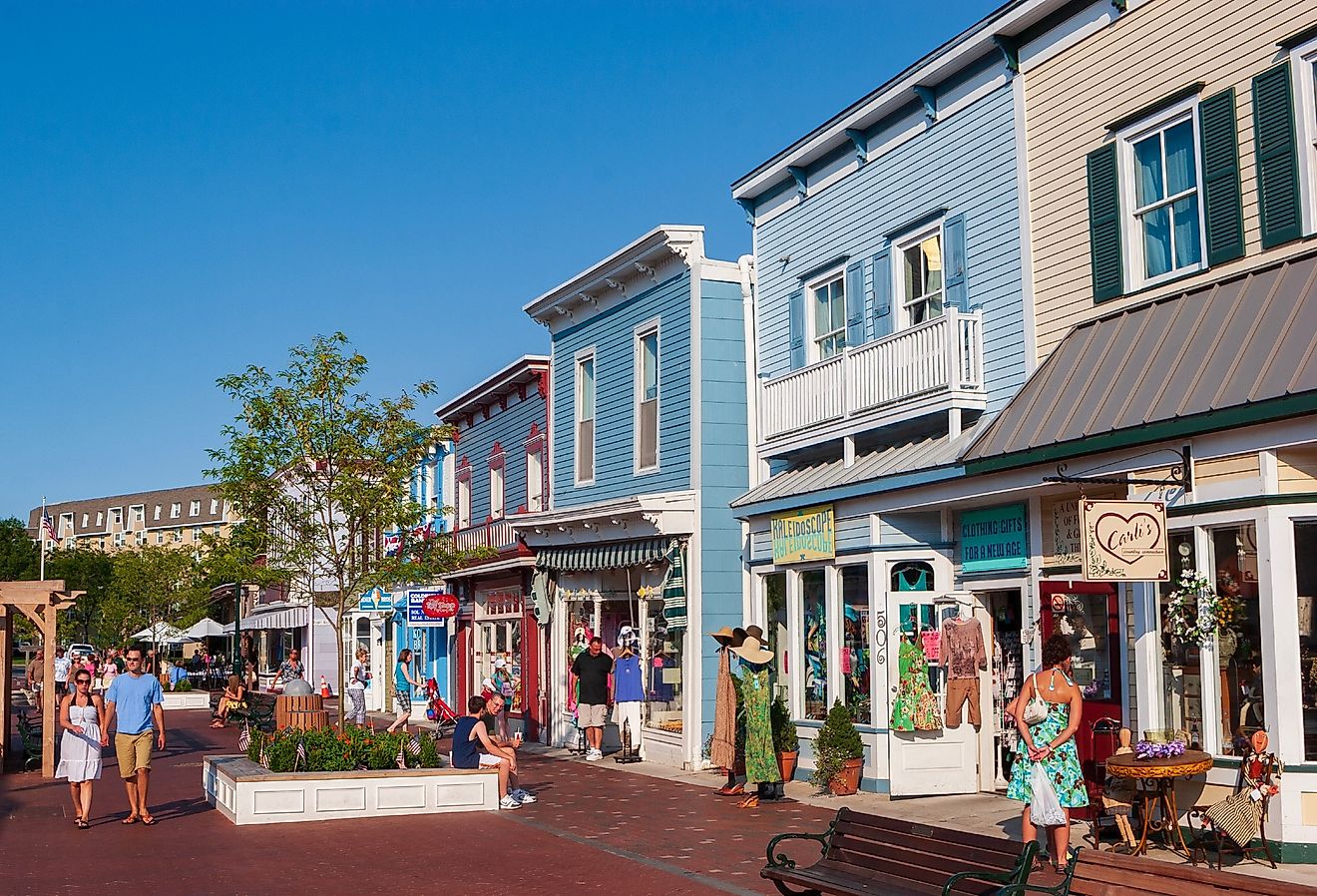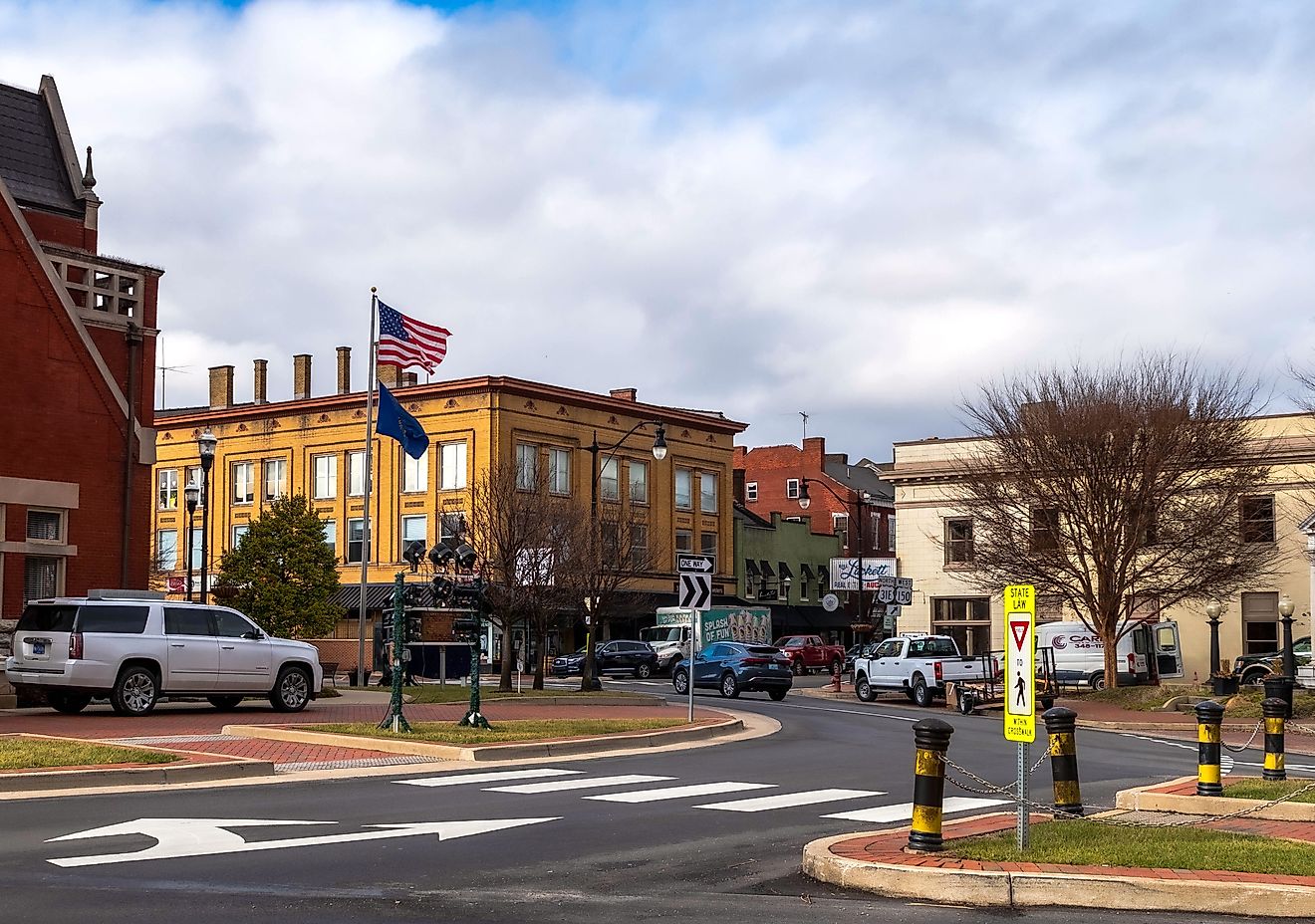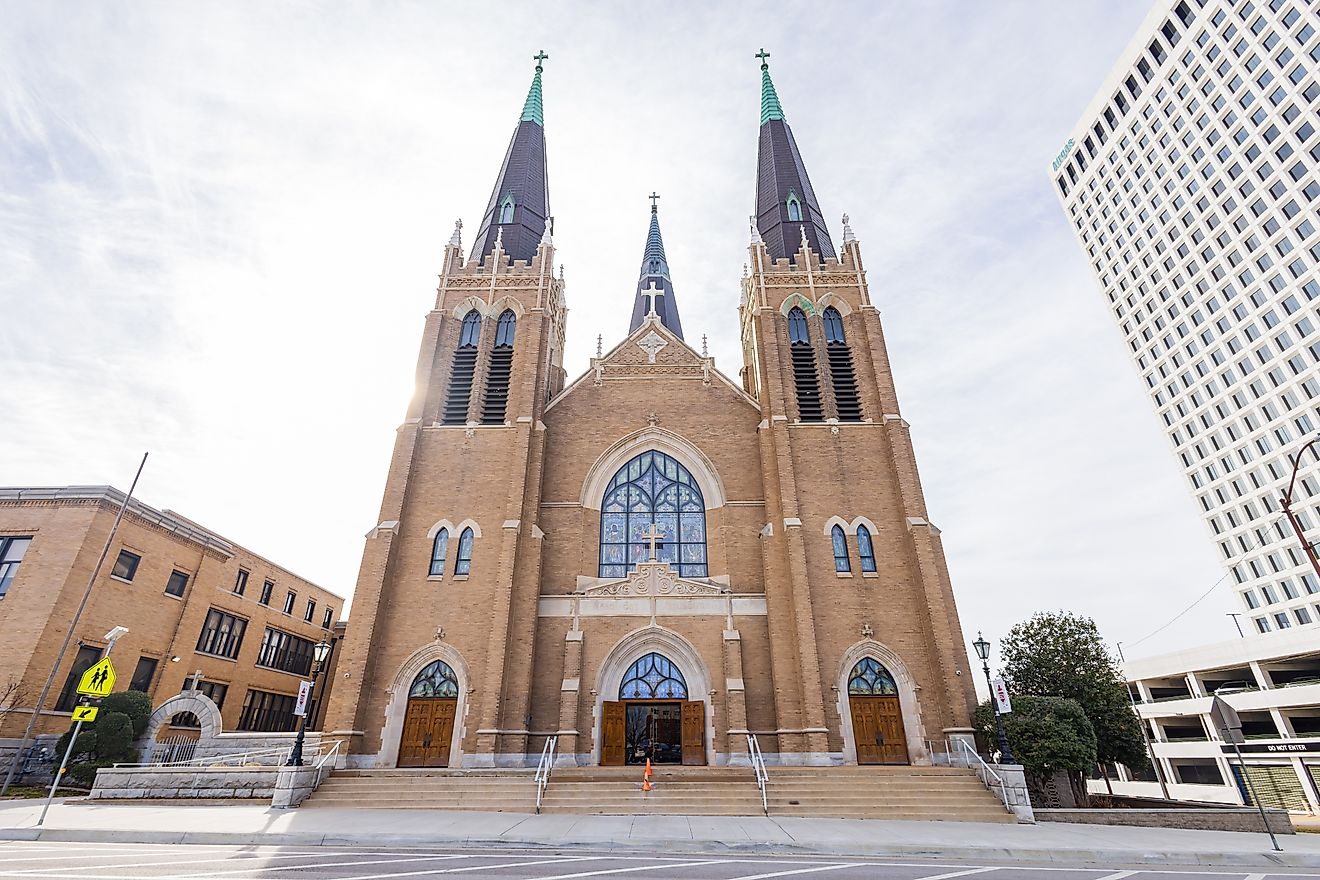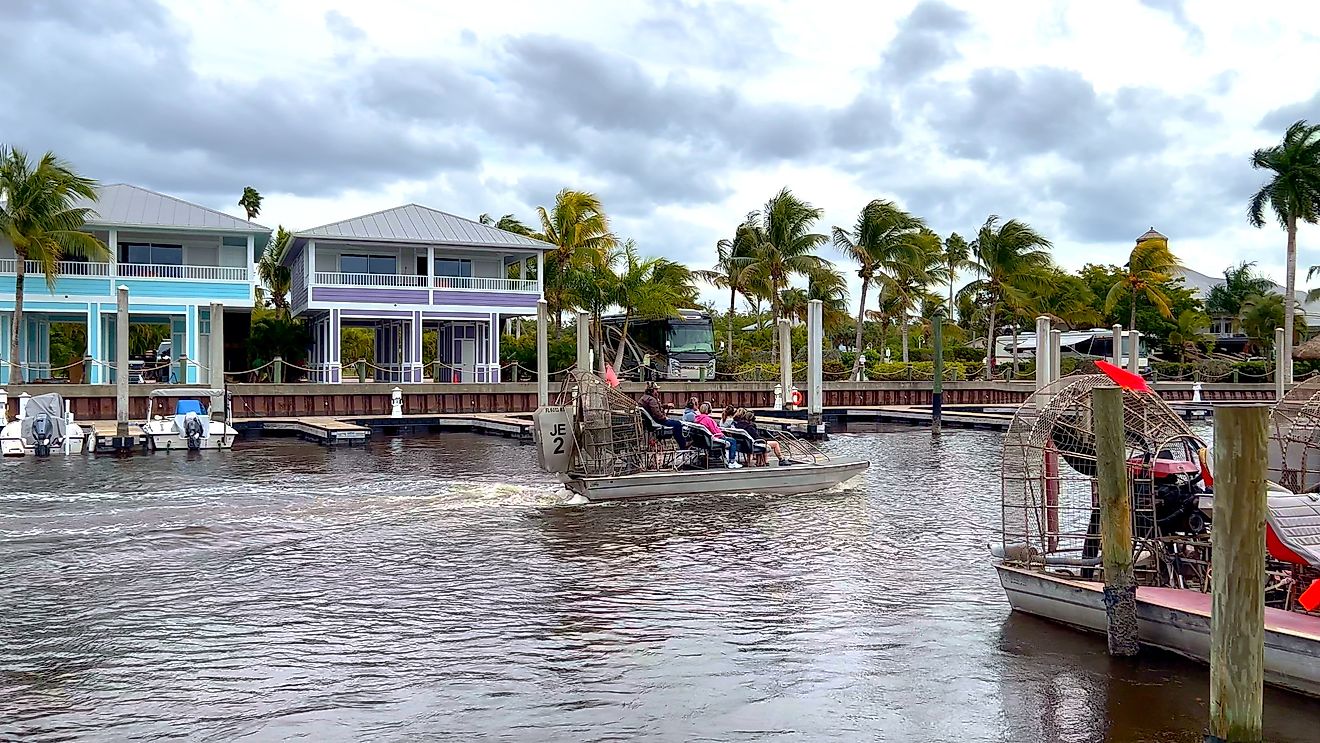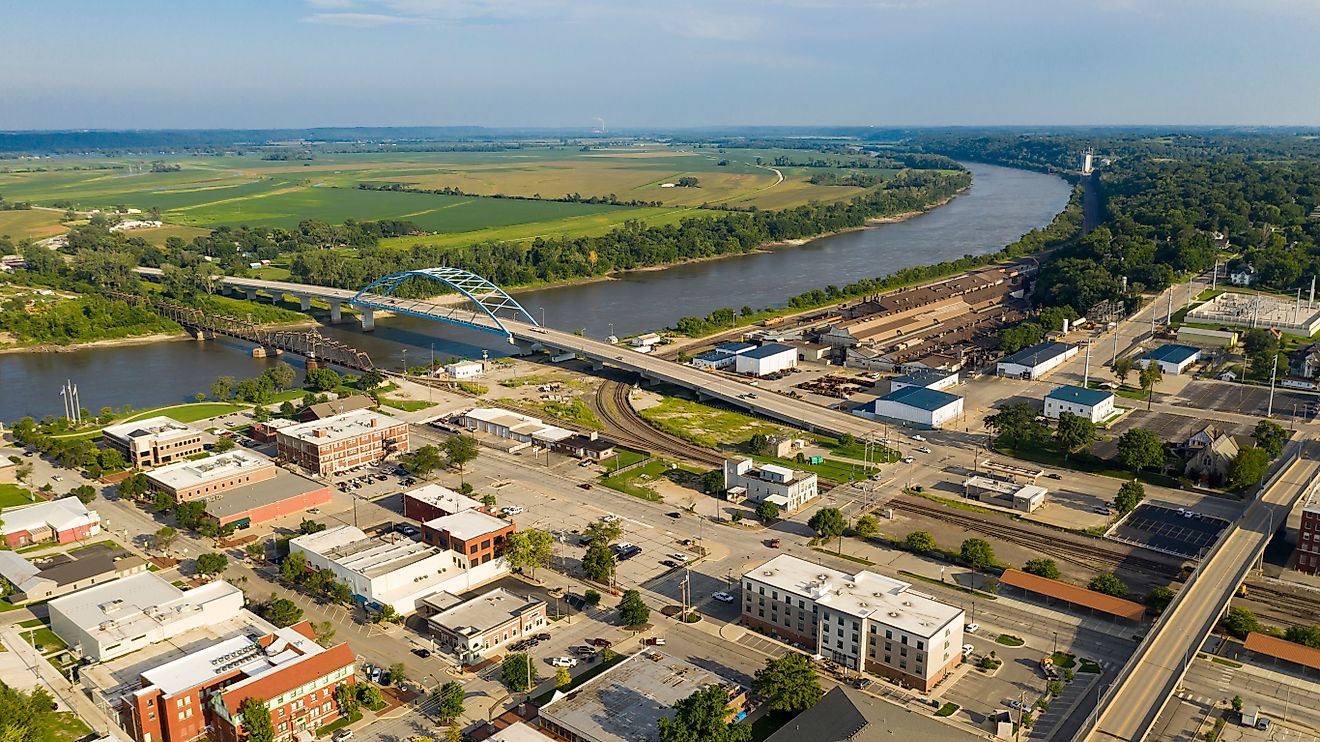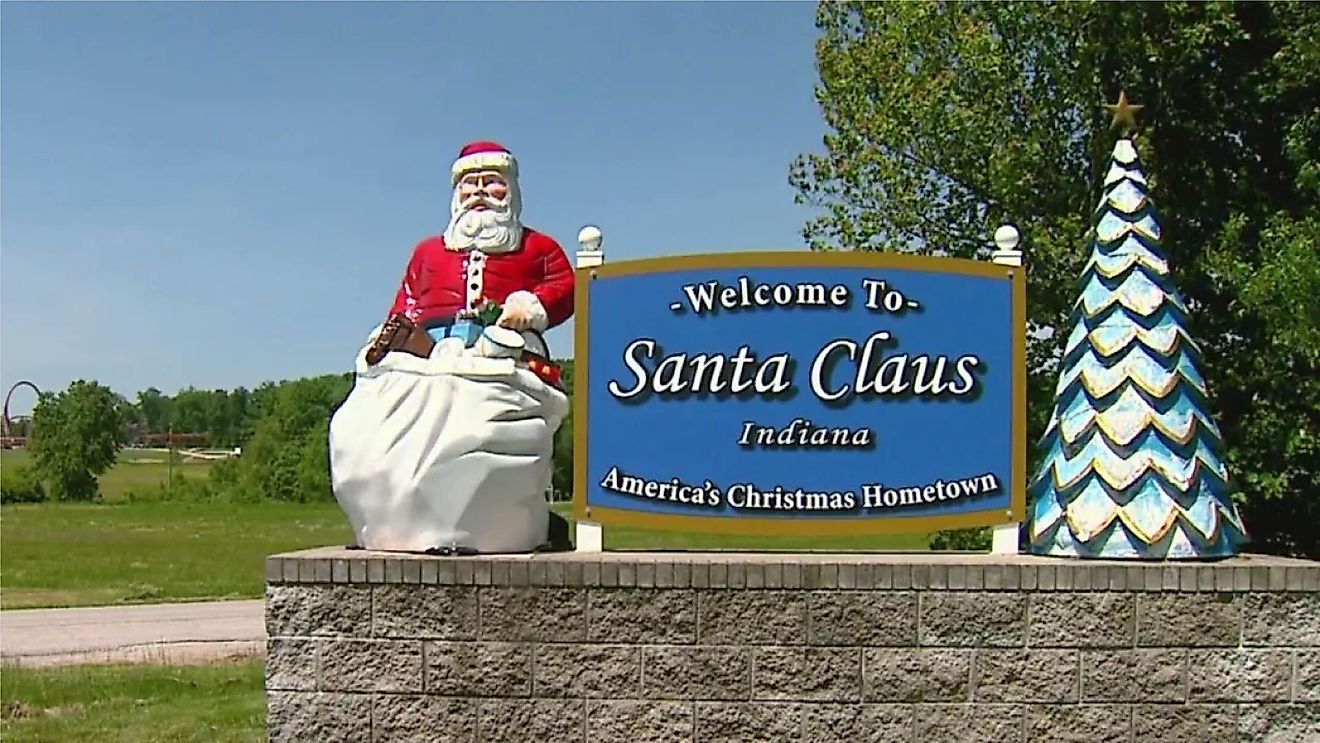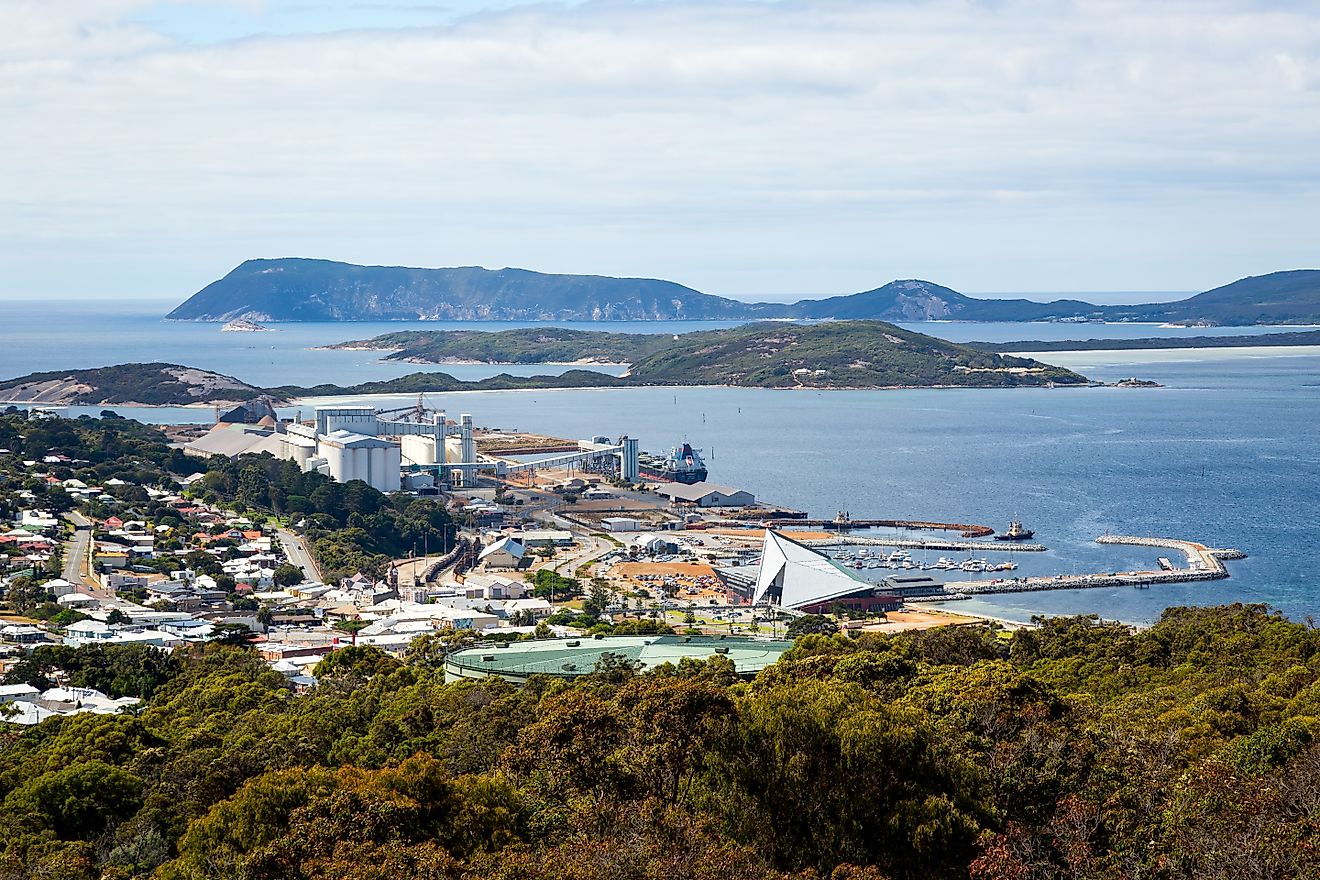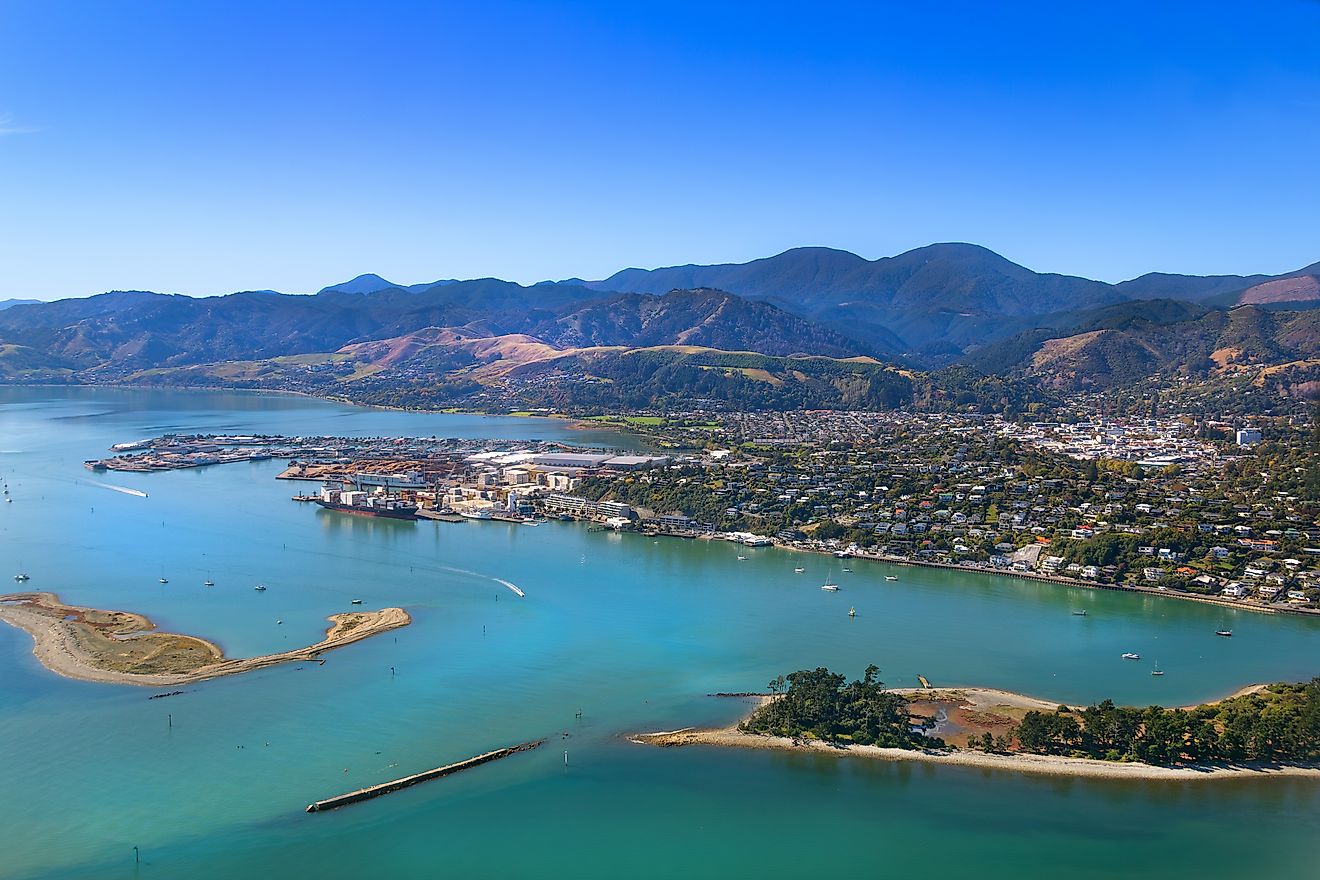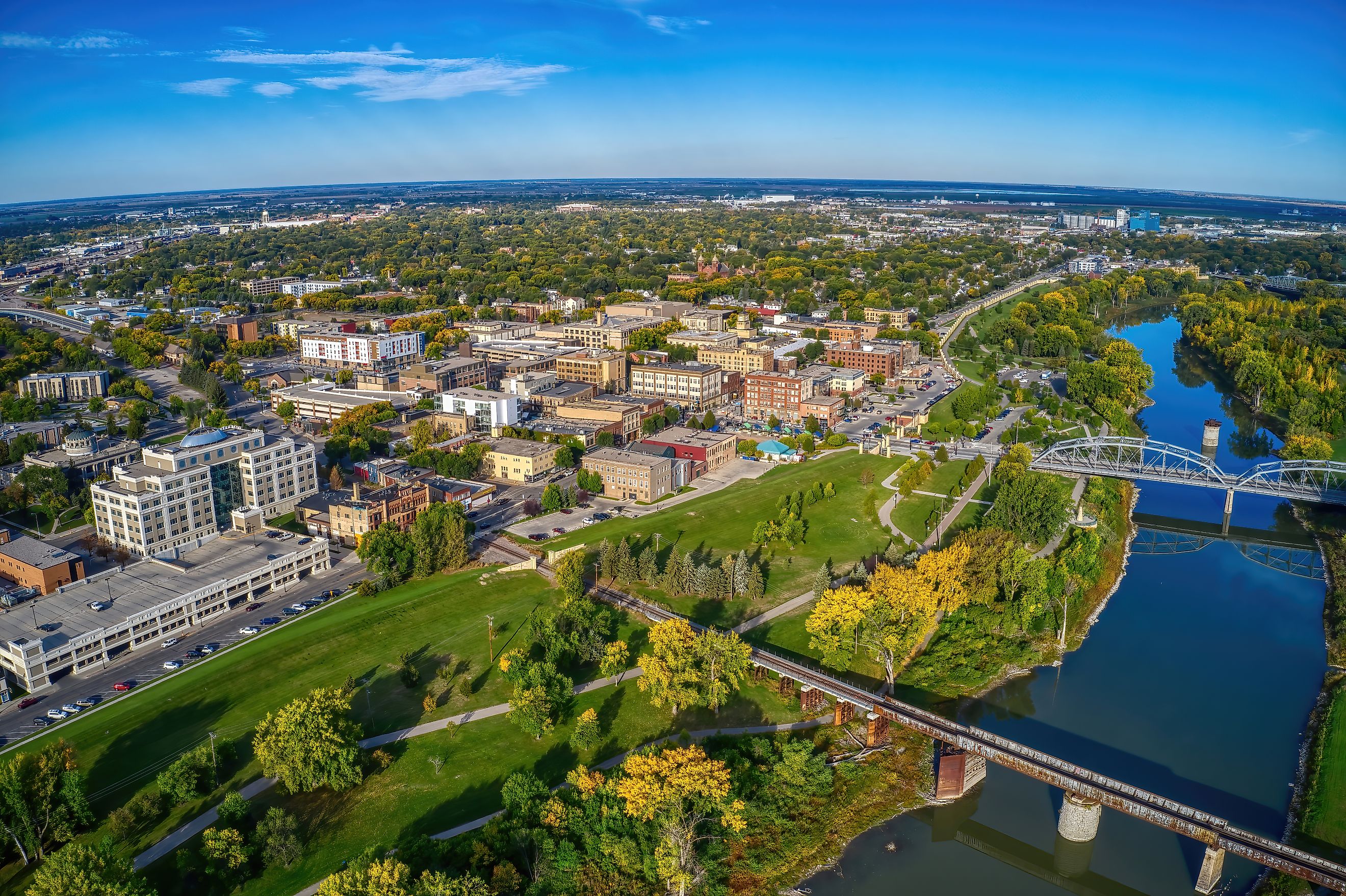
8 Oldest Founded Towns To Visit In North Dakota
From the tiny town of Pembina to Fargo, the largest city in the state, these old North Dakotan towns have rich histories as traditional lands of native peoples, settlements for prairie pioneers, and economic hubs that played an essential role in the development of North Dakota. With hundreds of restaurants to try, incredible natural wonders to explore, and fascinating histories to learn, you will not want to miss out on these old towns!
Pembina
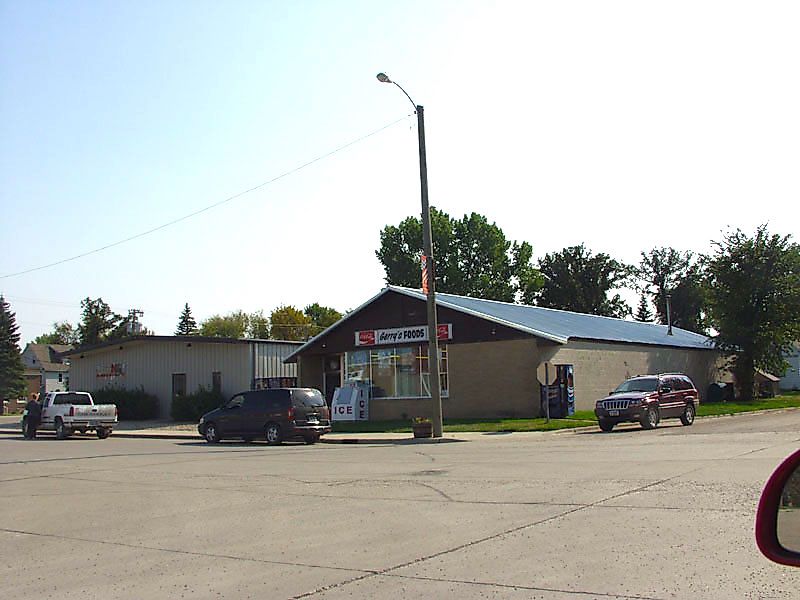
Deemed the “oldest settlement in the Dakota territories”, the city of Pembina, North Dakota, was first inhabited in the late 18th century, and officially established in 1843. Many groups of native peoples occupied the land; the Chippewa, Cree, Assiniboine, Dakota, and Ojibwa lived beside the river, gathered high-bush cranberries and hunted buffalo in the prairie. Later on, French fur traders began to establish themselves in the area, intermingling with the native peoples to become the Metis. Located just miles from the Canadian border, Pembina has long been an important site of culture, commerce, and international politics. Today, you can visit the Pembina State Museum to observe unique artifacts, experience interpretive exhibits, and buy authentic handcrafted gifts. Other activities include spending time at Pembina’s ice rink and warming house, participating in the Pembina Catfish Tournament, or visiting the St. John’s Church Museum!
Walhalla
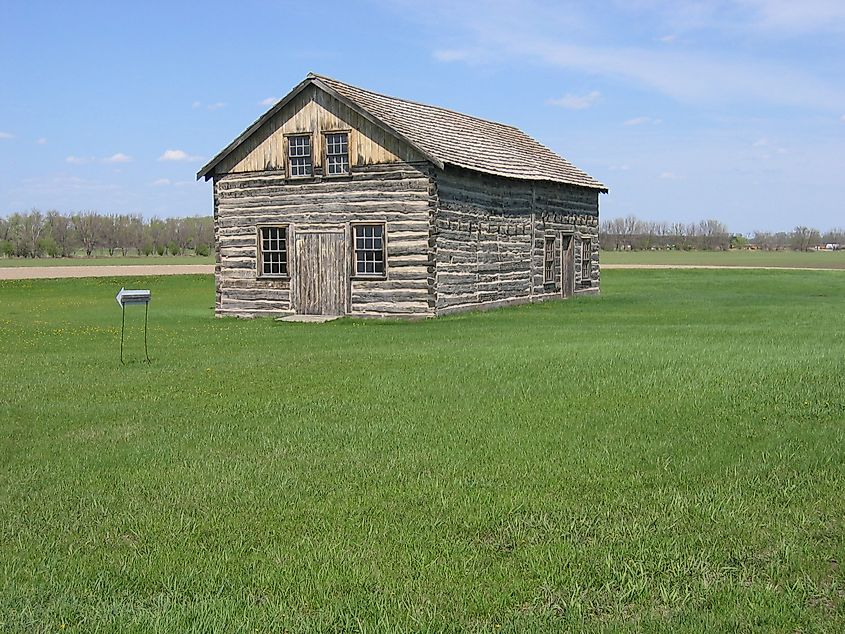
Founded in 1845, Walhalla was originally established as St. Joseph’s, but later changed its name to the former, meaning “Valley of the Gods”. Similar to Pembina, this area was occupied by the Metis and became a major fur-trading hub, earning itself the nickname, “The Heart of the Rendezvous Region”. Today, the area is a hub for outdoor activities; canoeing down the Pembina River rapids, hiking in the Tetrault Woods State Forest, and skiing at the Frost Fire Lodge and Ski Area. If you are looking for some indoor fun, be sure to check out a show at Walhalla’s Summer Theatre, visit the Walhalla Country Club, or grab a drink at Jackson’s Bar down on Central Ave!
Wahpeton
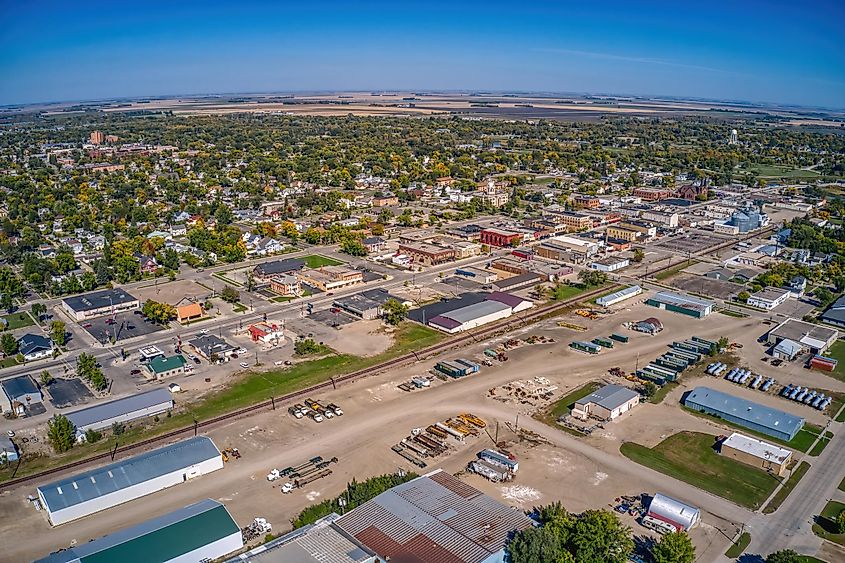
Originally named Richville, after the first settler Morgan T. Rich, Wahpeton, North Dakota was founded in 1869. Although things started off slow, the construction of the railroad into Minnesota changed everything; the town was flooded with migrants from all over Europe, and business began to boom. In fact, Wahpeton was one of the very first cities in North Dakota to have electricity! Today, Wahpeton is home to the North Dakota State College of Science and boasts many educational sites such as the Richland County Historical Museum and the Bagg Bonanza Farm Historic Site. For fun, be sure to check out the Chahinkapa Zoo, the Red Door Art Gallery, and the Prarie Rose Carousel, an authentically restored carousel from the 1920s!
Fargo
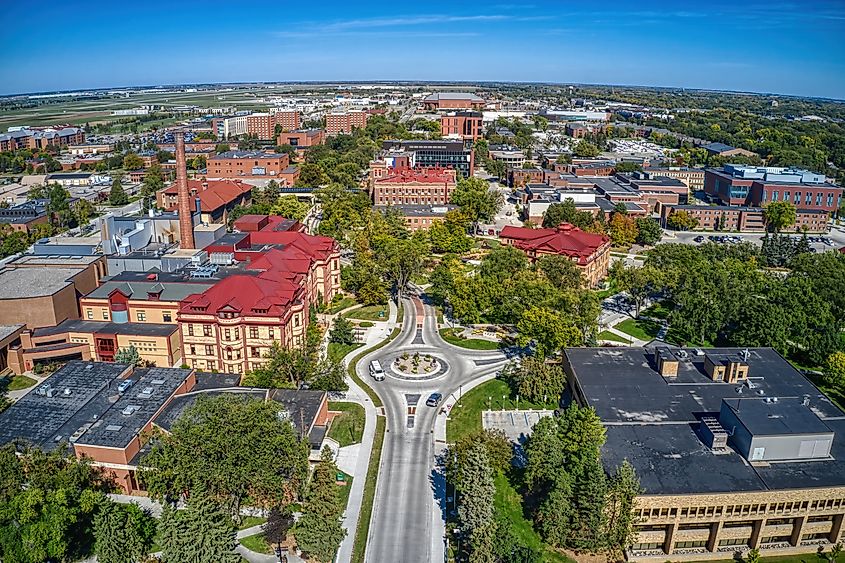
The largest city in the state, Fargo, North Dakota, was founded in 1871 at the point where William G. Fargo’s construction of the Northern Pacific Railroad crossed the Red River. According to the city’s website, the town was originally “a rough and rowdy frontier town”, however, today, it stands as an entrepreneurial hub full of businesses, restaurants, and artisans. During the summer months, patios are the place to be in Fargo; Bar Nine, Pub West, and Paradiso Mexican restaurant are all perfect places to cool down with a good drink. During snowy weather, visit Edgewood Chalet, Riverview Estates Park, or Rendezvous Park to get your winter sports fix!
Grand Forks
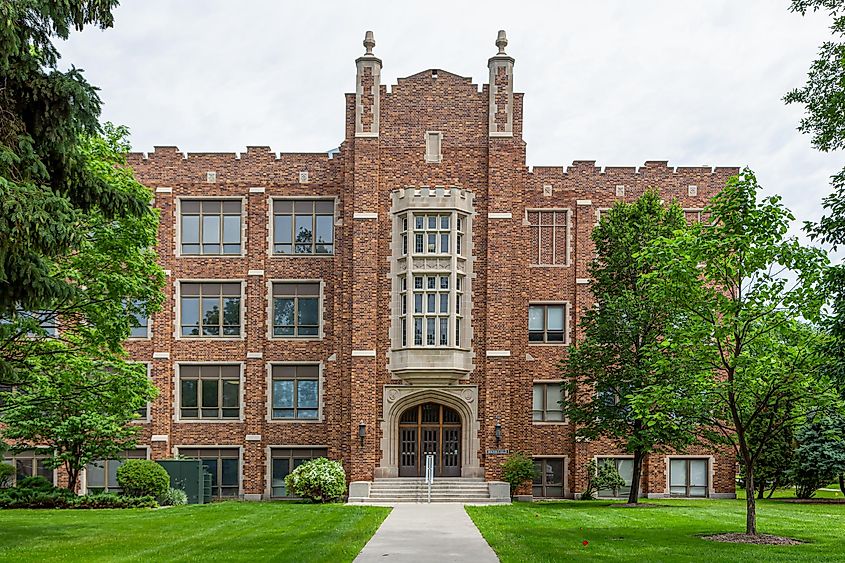
Right on the Minnesota border, the city of Grand Forks, North Dakota was founded in 1872. The founder, Alexander Griggs, was a riverboat captain forced to winter in the area due to chance weather, and from there, Grand Forks was born! In 1883, the University of North Dakota was established, and it still stands today as North Dakota’s oldest and largest university. This lively city has no shortage of things to do; catch an a-list show at the Alerus Center, make a splash at the Canad Inns Destination Centre’s waterpark, Splashers of the South Seas, or stroll through the tranquil Japanese Garden at Sertoma Park. After a day of fun around Grand Forks, you are sure to be hungry; The Blue Moose restaurant, Half Brothers Brewing Company, and La Cantina are all beloved local eats!
Bismarck
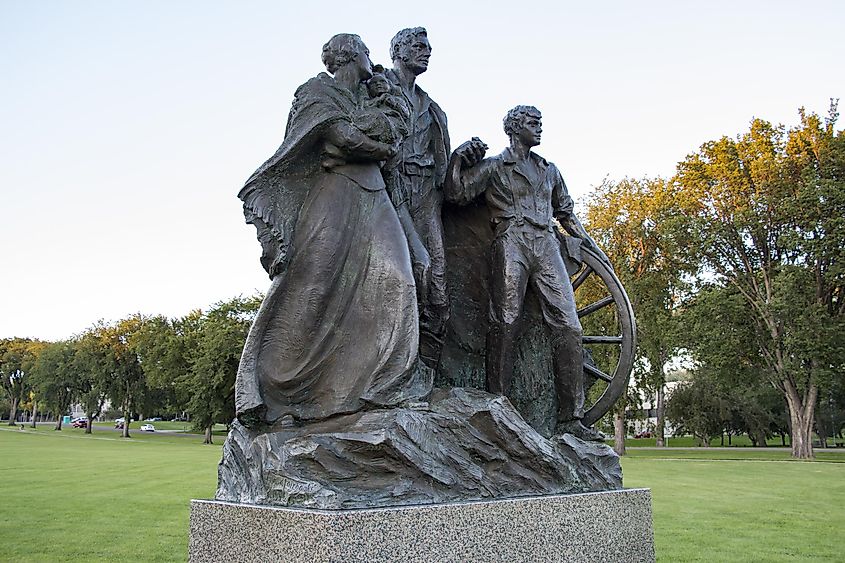
Founded in 1872, North Dakota’s state capital of Bismarck became a popular destination for prospectors due to the discovery of gold in the nearby Black Hills. Explored by the infamous Lewis and Clark back in the early 19th century, Bismarck was destined for greatness. Today, it is a major economic power, transportation hub, and healthcare centre. Bismarck boasts a laundry list of lovely public parks to visit, as well as community gardens, ice skating rinks, and bike trails. If you are looking for unique eats, Bismarck has you covered; enjoy authentic Mongolian food at HuHot Mongolian Grill, or try the drunken noodles at Oahu Hawaiian BBQ Sushi Bar & Thai Cuisine!
Jamestown
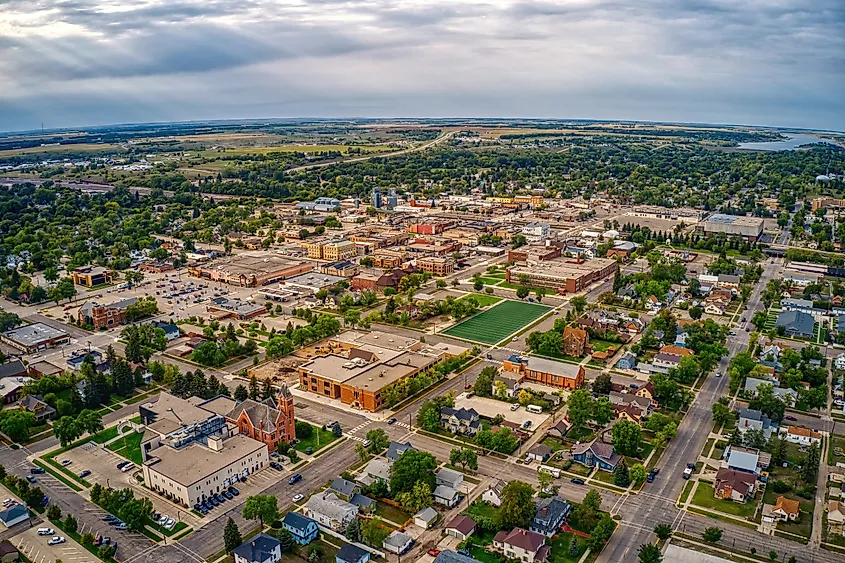
Also founded in 1872, the “Pride of the Prairie”, Jamestown, North Dakota, was originally inhabited by the Yanktonaise branch of the Isanti Sioux. Hunters and trappers later travelled west and settled in Jamestown, slowly assembling the community that would become what it is today, a vibrant, friendly city that values its unique history. Frontier Village is a popular attraction in Jamestown, as it “brings the world of the prairie pioneers to life”; buildings from the pioneer villages of North Dakota were reconstructed into a historically-accurate town complete with Stagecoach Rides and antique treasures. You will not want to miss out on Jamestown’s signature prairie food, like the bison burger over at Sabir’s Buffalo Grill, or the Knoephla Soup at The Depot Cafe!
Valley City
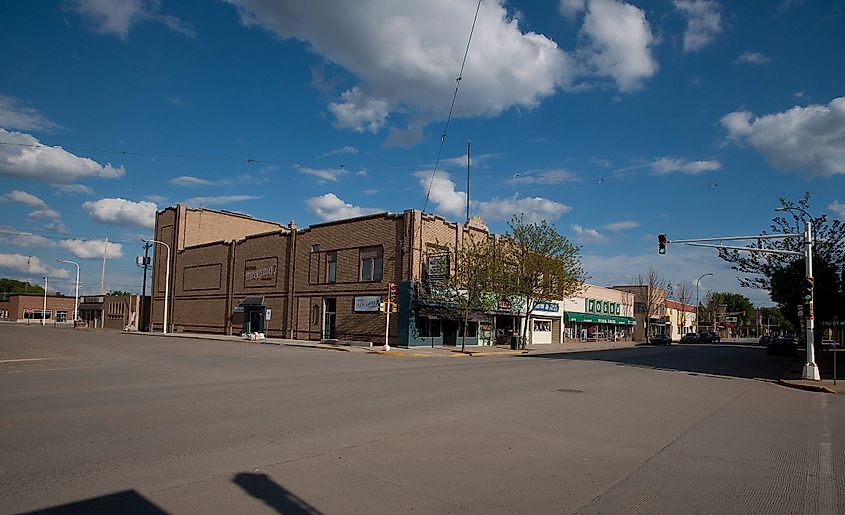
Following the development of the Northern Pacific Railway, Valley City, North Dakota, was founded in 1872. The land was originally occupied by the Ojibwa, Cheyenne, Sioux, and Cree, as it is vast and fertile. It is no wonder why Valley City became the agricultural giant it is today, producing corn, wheat, barley, and sunflowers. It is also home to Valley City State University, founded in 1890. Summer is the best time to visit, as Valley City boasts a giant waterslide at its community pool, and plenty of tubing, fishing, and boating at Lake Ashtabula. It is also the perfect time to camp out in one of Valley City’s many beautiful campgrounds, or hike the North Country Trail, America’s longest scenic trail!
Although we may never truly know what it was like to live as a prairie pioneer, by setting foot in these towns and experiencing all they have to offer, we are walking in the footsteps of the first settlers of North Dakota; learning about the land around us, basking in its natural wonders, and becoming a part of these amazing communities.
